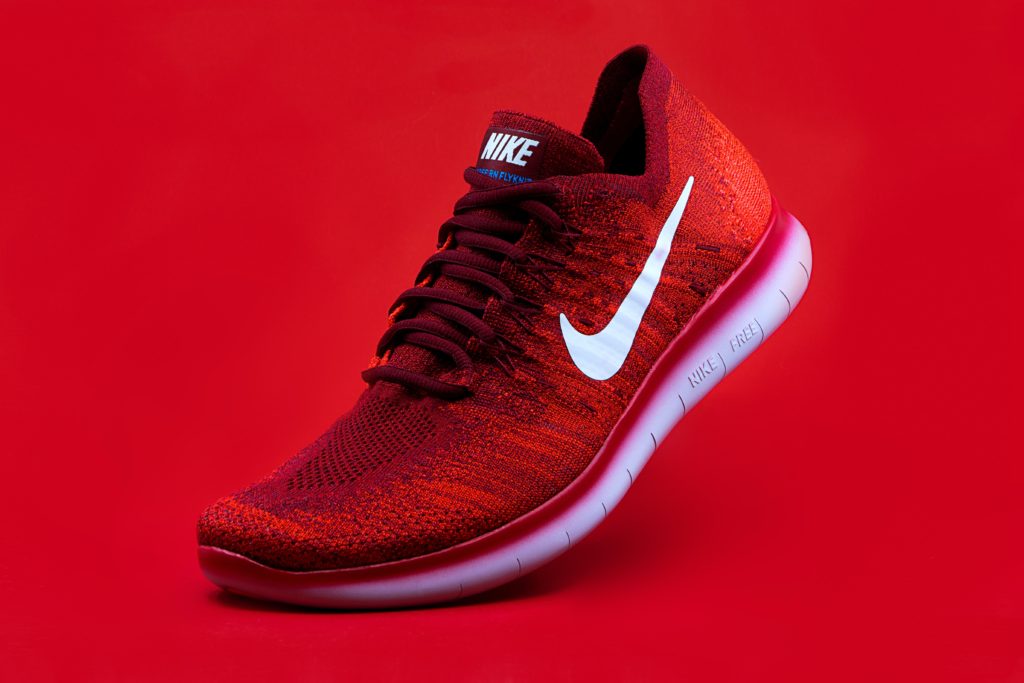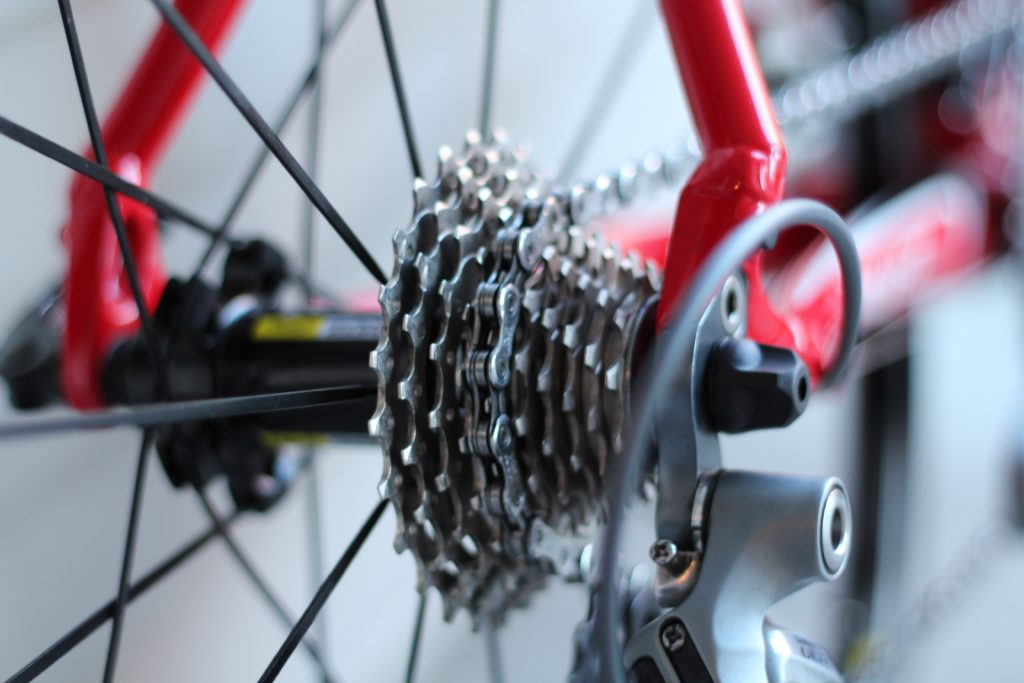Essential Gear for Triathlon – What do you really need?
Starting a new hobby can be expensive. Choosing triathlon to do as your next interest can be three times more expensive. Each athlete can find themselves spending money on three sports. If you have watched a triathlon event, it seems like everyone has every piece of equipment. Smartwatches, bike computers and weird looking hydration bottles.

At first, it’s a little intimidating, but don’t worry not everyone has the latest and greatest gadgets. It only seems that way since most people only notice the professionals who typically lead the race. If you take the time, you will see the ‘age-groupers’ who are athletes that race as a hobby or to stay fit. Even though they don’t earn any prize money, these age-groupers are still very competitive and focused. Many of these competitors have regular jobs and still manage to fit training hours into their already busy lives. Much like you, they were overwhelmed when they started training for a triathlon. The amount of equipment seems like it was neverending, but eventually, they learned what is needed and managed to acquire their gadgets over time.
Required Gear
The expense associated with triathlons can be put on a sliding scale. Buying most of the items can be delayed. Chances are you already have most of the equipment required to get you started. At a minimum, the only things you need are:
- Swim trunks and goggles
- Bike and helmet
- Running shoes
Actually, it is recommended that newcomers into the sport use whatever is available and minimize the number of items purchased in the beginning. Triathlon is challenging and is not for everyone. Athletes should make sure they will be participating in the sport for a while before making a significant investment.
Once you have the required gear listed above, confirm that it works and operates in a safe manner, then begin training and register for your first race. Even after the race keep practicing with your equipment and maybe do a few more races to make sure you really like the sport.
Recommended Upgrades
Once you know you are going to stick with the sport, then it is time to make some upgrades to your equipment. Below are some recommended items:
Safety First: Much like anything in life, you should focus on safety first. If any of your equipment seems unsafe or does not provide sufficient protection, then replace those first. This includes making sure helmets, lights and breaks on your bike work properly. Bright clothing should be worn when running and a swim buoy should be attached to you if you swim in open water.
Triathlon Watch: Another piece of equipment that is essential is a running or triathlon watch. A regular running watch that can measure heart rate, speed and distance is all you need. However, a triathlon watch, such as the Garmin Forerunner series, is recommended since it will allow you to track your progress much better. Most triathlon watches measure your progress in all three sports.

Bike Fit: This is not an actual gadget you purchase, but a professional bike fit will help you stay comfortable and injury-free when riding. The bike is the longest portion of the triathlon and the repetitive motion can cause significant discomfort or even injury. Don’t cut your triathlon career short because of a knee injury or back issue caused by an improperly fitted bike.
Shoes: Running is a very injury-prone sport because of the repetitive motion and impact. The only thing protecting you from the impact of the road is your shoes. Keep in mind that after a certain amount of use, the materials that make up the shoe degrade and do not provide as much protection. The longer you run in the same pair of shoes after its recommended life-span, the increased risk of injury. Make sure to consult the manufacturer to determine how many miles you can run before replacing your shoes.
Note: Minimize the amount of walking while wearing your running shoes. Walking in your running shoes reduces its life span.
Clip-on Aerobars: Without a doubt, the most cost-effective way to get faster in triathlon are aero bars. These are easily installed extensions to the existing handlebars that allow the rider to get in a lower position, reduce drag and improve comfort by helping distribute the riders’ weight while riding. The lower riding position reduces drag by up to 20% which is considerable over the length of the bike course.
Wetsuit: Whenever the water temperature drops below 78 degrees, triathletes can wear wetsuits during the swim portion of the race. Wetsuits give swimmers more buoyancy and allow the wearer to ride higher in the water and reduce drag. This translates to faster swims.
Tri / TT bike: If you are one of the few that had a triathlon or time trial (TT) bike during the early stages of your triathlon career, then consider yourself lucky. These bikes can be the most expensive purchase during a triathlete’s journey. Triathlon bikes provide the same advantage as aero bars, as well as providing an advanced geometry that is designed to push the rider forward and reduce the fatigue on the hamstring. The advanced aerodynamics, combined with the improved seating position equates to a fresher athlete for the run.
Power Meter: Much like the triathlon watch, the power meter is a critical tool for improving your bike speed. It quantifies several aspects of your bike ride, including the speed of the bike, cadence and power output. It allows a rider to analyze the relationship between the perceived effort and the resulting speed. Based on the information provided, riders are able to adjust their gear, cadence and exertion to achieve optimal speed.
Aero Helmet: Another great way to increase speed is to wear an aero helmet. An aero helmet reduces drag by improving the aerodynamic characteristics of the head and body. It allows the air to flow smoothly over the head and across the rider’s back providing up to a 10 watt advantage.
Wheelsets: An improved wheelset can greatly improve a rider’s speed by reducing drag. The advantage gained by a good wheelset is directly related to the weight and depth of the rims. The deeper the rim, the less wind drag and increased acceleration, by cutting through the wind and reducing wind turbulence. Unfortunately, riders must be wary since bikes with deep rims are susceptible to crosswinds which can make the bike difficult to handle
Free Speed: There are hundreds of additional upgrades that you can make to your equipment. Improvement in technology equates to lighter components, improved aerodynamic or reduced friction. Many refer to these upgrades as ‘free-speed’ since it’s speed that your body did not have to produce.


